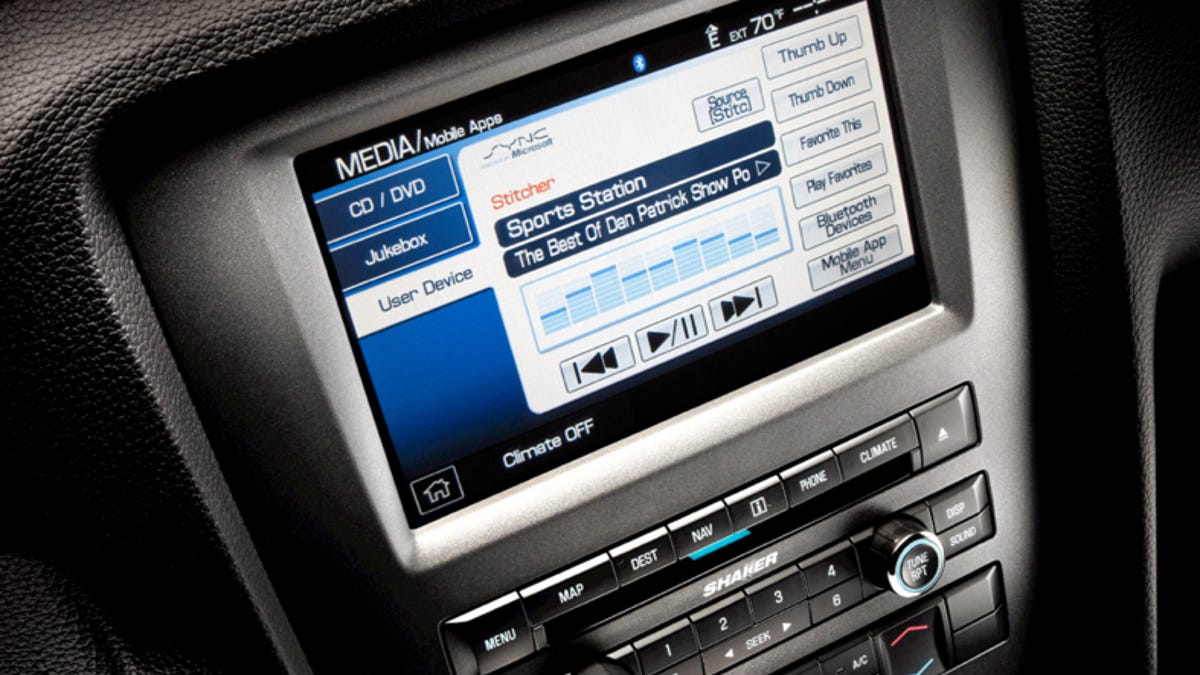Ford, Nuance: Voice recognition will identify intent
The Sync system could ultimately interpret what drivers are looking to do by understanding the meaning of words and phrases they say and then coaching them to correctly complete tasks.

Ford Motor and Nuance Communications, a leading voice recognition software company, said they will collaborate to make the automaker's Sync in-car entertainment system recognize intent.
If successful, a car will ultimately interpret what drivers are looking to do by understanding the meaning of their words and phrases. Sync would then coach drivers on the correct way to complete a given task in the car.
Sync already understands 10,000 commands, up from 100 in the first-generation system. But to truly understand intentions, Sync will need to understand more commands.
Nuance and Ford said they are testing "a number of new algorithms" to divine intent and meaning. These algorithms are designed to flag common words and phrases that are frequent in conversation but aren't yet commands in the Sync system. These new algorithms are designed to bridge the gap and coach the driver to issue the right commands.
These "intent algorithms" will interpret a phrase like "I wanna call John Smith" and translate it to "Call John Smith." If the driver doesn't provide enough information, Sync will ask more questions. Or, with a command such as "I want to change the temp," the intent algorithms could aid the system in asking drivers whether they want to crank up the heat or the air conditioning.
This process, which will be an improvement, still has a problem: Sync will have to coach the driver to use its vocabulary. Ultimately, Sync's system will have to adapt to the way humans actually speak. Nuance has several language models for Sync.
Ford said that 85 percent of its car owners are using voice controls, up from 70 percent in 2010.
Separately, Ford said that it is rolling out its AppLink program to 10 more vehicles in 2012. It also has 2,500 developers creating in-car applications.
This article originally appeared on ZDNet's SmartPlanet.

